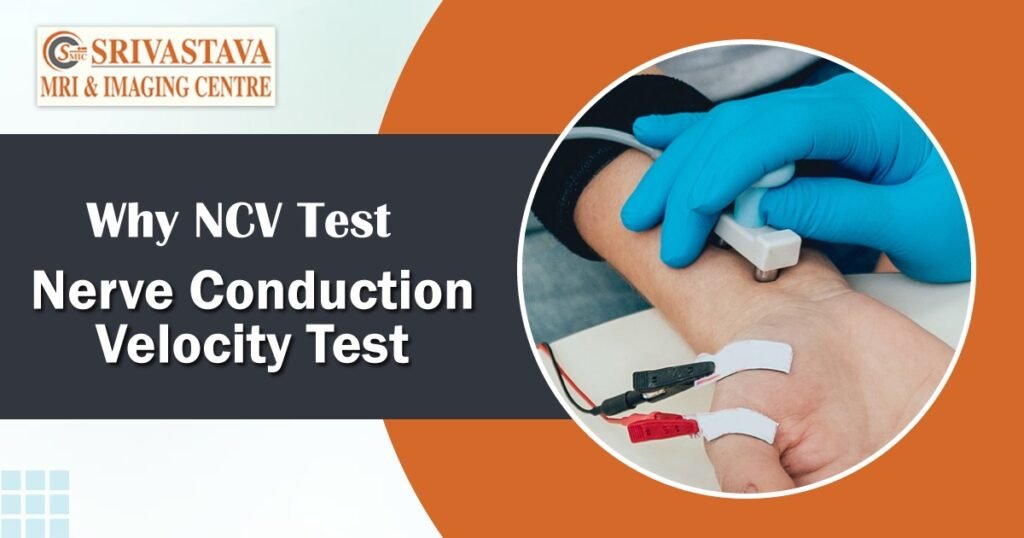What is NCV Test?
The NCV Test, also known as the Nerve Conduction Velocity test, is an electrical procedure that evaluates nerve dysfunction and injury. It controls how quickly messages travel through peripheral nerves. Outside of the brain, along the side of the spinal cord, are peripheral nerves that aid in sense input and muscular control. Compared to injured nerves, healthy veins transmit electrical information more quickly and powerfully.
Purpose of NCV test
NCV is often also referred to as the Nerve Conduction Study procedure. If you have symptoms like numbness, tingling, or discomfort, your doctor may ask you to undergo an NCV (Nerve Conduction Velocity) test. The NCV test is most frequently used to identify nerve illness or injury. The doctor can use this test to identify between a nerve condition and an accident. Additionally, the physician can use this test to distinguish between damage to the myelin sheath and damage to nerve fibres (which surrounds the nerve).
For this process, no specific preparation is necessary. Remember, however, that a low body temperature can impair nerve conduction; thus, make sure it is normal.
Before the test, there is no need to fast. Tell your doctor before the test if you take any medications. Also let your doctor know if you have a pacemaker or cardiac defibrillator. Avoid wearing jewellery, watches, or anything metallic that could impede the process and dress comfortably.
Before the test, the neurologist will explain the whole process in detail and you can ask any questions you may have about the procedure.
Procedure of NCV TEST
A certified neurologist at Best MRI Center in Delhi performs it. In the course of the process, spaced flat patches called electrodes are applied to your skin and applied to various nerves throughout your body. They resemble the patches used during an ECG. A weak electrical impulse is released by electronic patches, stimulating the nerve. The electrical activity of the nerve is captured using these impulses.
In general, a doctor can speak to remove any metal objects, clothing, jewelry’s, and hairpins from the process. After the neurologist manages to find your vein for inspection, you will be instructed to lie upright on a table while electrodes are applied to your body using a specific paste. The electrodes are separated from those used for recording. Results of the NCV test can be seen on a monitor that shows electrical activity as waves.
The entire procedure is simple and not very difficult. You might have some trembling or discomfort, though. Patients can resume their normal activities after the operation is finished, unless their doctor advises otherwise. The diameter of the nerve and the amount of myelin sheath on the nerve’s axon determine how NCV will turn out.



